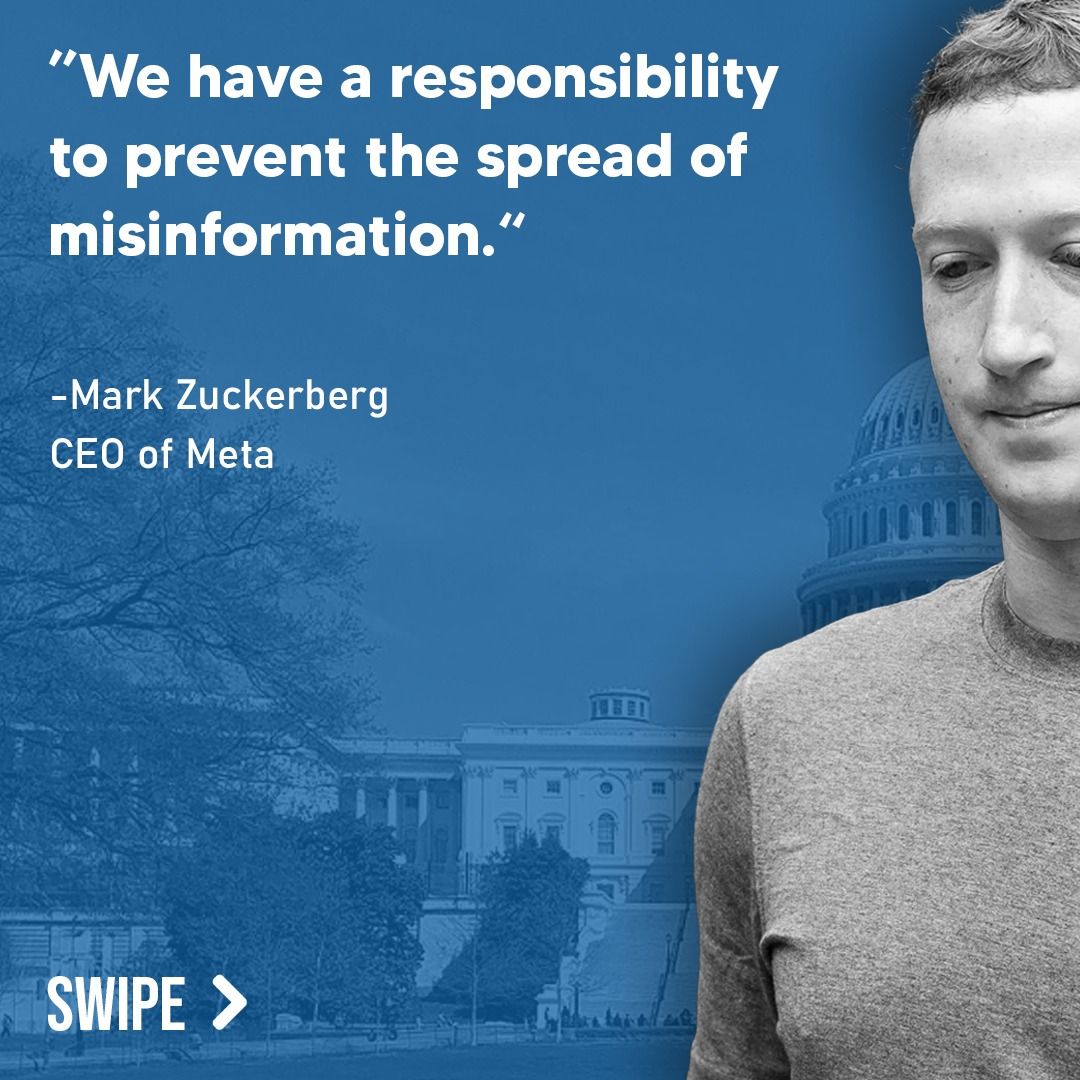
Fact Check Analysis: Investigating the NYC Subway Crime and Related Claims
One of our informed subscribers submitted a fact-check request for the article titled “She was set on fire and no one knows her name. How homelessness, crime and a broken immigration system met in a subway car” published by CNN on December 29, 2024. DBUNK has carefully scrutinized the article for misinformation, incomplete context, and biases, as we strive to provide our community with the most accurate and reliable analysis of current events.

Breaking Down the Facts and Uncovering Key Issues
The tragic incident described in the article raises emotional and political questions, but accurate reporting is vital to audience understanding. Here’s what we uncovered after analyzing the claims and information provided:
Misleading Correlation Between Crime Trends and High-Profile Incidents
A prominent claim within the article states that crime in the New York City subway system has decreased by 10% since March 2024 and by 42% since January 2021, citing data from Governor Kathy Hochul’s office. While this data may be accurate, the article fails to explore the nuances within these statistics. Specifically, high-profile and violent crimes — such as homicide and arson — may not have declined at the same rate as overall crime reductions, which often include petty theft and other minor offenses.
This incomplete context leaves readers with a skewed perception of safety within NYC’s transit system. A clearer differentiation between “overall crime” and “violent crime” is needed, especially as these incidents are among the primary drivers of public fear.
Bystander Behavior and Lack of Immediate Intervention
The article discusses bystander activity, including individuals recording the crime on their phones while emergency responders attempted to extinguish the fire. It fails, however, to address whether any socioeconomic, cultural, or legal barriers (such as fear of liability) may explain the lack of intervention by bystanders. Addressing these considerations would have provided greater depth to the discussion around why such behaviors occur.

Missing Context Around the Immigration Connection
The article highlights the alleged perpetrator’s undocumented status and immigration from Guatemala in 2018. However, this detail is presented in a way that risks stoking anti-immigrant sentiments without offering further context. For example, there is no data to indicate whether immigration status is statistically linked to violent crime. Studies, including those from the American Immigration Council, consistently show that undocumented immigrants are less likely to commit violent crimes than native-born citizens. This key evidence is conspicuously absent from the article.
Homelessness and Shelter Policy Oversights
While the article highlights the challenges faced by homeless individuals in NYC, it only briefly mentions the city’s 60-day rule limiting shelter stays for single migrant men. This important policy is not sufficiently explored in terms of its possible contributions to homelessness and related vulnerability. A detailed explanation of how such policies impact long-term homelessness or incentivize alternative actions (like subway sheltering) would enrich the reader’s understanding.

General Bias and Framing
The article adopts a narrative that links homelessness, crime, and immigration, presenting them as “inextricably intertwined” without furnishing sufficient evidence for that conclusion. Such framing is prone to confirmation bias in readers who may misunderstand the complexities of each issue or assume an automatic causal relationship between them. This simplification can lead to misplaced blame and prevent nuanced solutions from being pursued.
Answering the Subscriber’s Question
A thoughtful question submitted alongside the fact-check request asked: “If crime rates are supposedly down in NYC’s subway system, how do incidents like this keep happening? Is the data being manipulated, or is it just incomplete?”
The answer lies in disaggregating the crime data. Overall crime rates can decline, as minor and nonviolent crimes abate due to increased policing or surveillance, while more severe or random crimes — like the one described in the article — remain less impacted. The datasets cited do not clearly define crime categories or provide real-time breakdowns.
It’s important to note that data manipulation doesn’t necessarily occur, but the lack of clarity makes it easy for information to be misinterpreted by the public, particularly when data is shared without refinement or detail.
Encouraging Better Fact-Engagement
At DBUNK, we champion thorough and unbiased fact-checking to empower you to assess news critically. Articles like these often provide surface-level truths but fail to address the full complexity of the issues. Incidents such as this highlight the importance of informed news consumption to prevent manipulation by framing or omission.
Stay updated with fact-checked content and dive deeper into the truth with our upcoming app, which simplifies truth-seeking for a more informed society. Download DBUNK for accurate, unbiased news analysis you can trust.

“`

